Picture yourself walking into an office. The large windows let in plenty of sunlight, the mahogany desk has enough space for a desktop, all your papers, and a little succulent, and the custom millwork cabinetry lines the clean white walls perfectly.
Now imagine the office is cramped, with a window barely big enough to let in fresh air, and the desk is lopsided and small. Which office space do you think you would be able to work better in?
Architecture and interior design have a notable effect on our moods. The power of emotional design has come into focus even more after the Covid-19 pandemic, when millions of people were forced to remain indoors for weeks or months on end. More people began to realize the importance of good architecture and interior design, and the way they can alter the way we work and live.
Understanding how architecture affects mood will not only enable you to develop more efficient buildings, but also make the most of what architectural renders have to offer before construction even begins.
Table of Contents:
Introduction to How Architecture Affects Mood
We’ve discussed the way 3D artists elicit emotion with architectural rendering. Now, let’s get into how architecture and interior spaces themselves affect us.
In 1943, Winston Churchill mused, “We shape our buildings; thereafter our buildings shape us.”
His words hold true. Buildings hold psychological power, and can influence the human mind by providing spatial and visual cues. Everything from the use of natural light to the types of wood molding to the architectural style can affect the mood and health of the people inhabiting a space.
We now know that, in the hippocampal region of our brains, certain cells are attuned to the arrangements and geometries of spaces we inhabit. Furthermore, there is some evidence to suggest that urban beauty can even affect a city’s economic growth. However, architects and engineers have rarely paid attention to the emotional effects their structures have on people.
What is Emotional Design?
Generally speaking, emotional design lends architecture character, or personality, if you prefer to call it that. This character can trigger emotion in a building’s inhabitants.
In his book Emotional Design: Why We Love (or Hate) Everyday Things, Don Norman puts forth three types of connections that a design can establish with a person:
- Visceral: This connection has to do with aesthetics – the way a person goes starry-eyed at the attractiveness of a design.
- Behavioral: Upon interacting with or using the design, the person is convinced of its function, values, and usability.
- Reflective: This evokes meaning to the person. It may link their memory and sense of belonging to where they see the place as an extension of themselves.
While we tend to think of architecture as static, both people and spaces interact with each other. There is a subtle exchange between the two.
There are two levels at which spaces interact with people: cognitive and emotional. At the cognitive level, the person processes and appraises perceived information. At the emotional level, there are adaptive reactions to the aforementioned information. Both are closely interrelated.
Elements such as form, color, light, style, materials and acoustics evoke emotions that allow people to feel excited, relaxed, stressed, engaged, and so on.
Ways in Which Architecture and Interior Design Affect Emotions
What are the particulars of how architecture affects mood and how interior design affects mood? What aspects should you pay attention to when designing a building? How should you approach them?
Here are a few things to keep in mind.
Façade
The façade of a building is generally the first thing a person sees when they interact with it.
- Featureless, imposing facades, such as those commonly found in brutalist architecture, can cause stress. At the very least, a common refrain is that such monolithic, austere structures are eyesores.
- More elegant and sleek designs generally impacts people’s moods in a more positive way. Complex, beautiful facades also tend to be well received.
Ceiling Height
The distance between a room’s highest point and a person can have an impact on their thoughts – even their actions.
- Lower ceilings are more conducive to spaces where people are attending to tasks that require a lot of attention, such as operating rooms. However, bear in mind that ceilings that are too low can cause a sense of claustrophobia.
- Higher ceilings work better in places where people require abstract, free or creative thought processes, such as art studios. They can also create a sense of grandness or stateliness.
Interior Spaces
There are two common ways to design an interior: a space that guides or dictates inhabitants how to move or feel, or a space that is flexible and allows inhabitants to experience it in their own ways.
- Architectural design needs to consider the tasks or activities people will be performing in the space.
- Many spaces are ideal for positive working environments – they balance form and function delicately. This can be difficult when taking into account laws, budgets, and preferences of the client.
Lighting
The types of lighting and light fixtures in a building can have a strong effect on our emotions and cognitive processes. You need to take into account the various effects of ambient, accent and task lighting, as well as warm and cold lighting.
Pay attention to the fixtures and aesthetics of the space – it’s not just about function. A chandelier, for example, will almost inevitably be out of place in a conference room of a commercial building.
With all this, don’t forget the importance of natural lighting. Exposure to natural light has been linked to positive effects on mental and physical health, including better sleep and higher productivity.
Lastly, consider that the direction and position of lighting can evoke feelings or moods. Lighting below eye level lends a sense of individuality and casualness, while lighting above eye level is considered more formal. Furthermore, wall and ceiling lighting can emphasize the spaciousness of a place.
Lighting is crucial to any good building design, so make sure your electrical plans are up to the mark.
Conclusion
Emotional design takes into account the myriad elements that go into a space that helps people live their lives optimally, such as space planning, ventilation, lighting, texture, color, acoustics, and landscaping.
It’s the difference between architecture people call “nice” and architecture people call “powerful”. It’s the difference between a claustrophobic, anxiety-inducing commercial building and a spacious, orderly one that invites communication and creativity.
There is immense potential in neuroscience and psychology-informed construction and planning. Architects around the world will find benefits by paying more attention to it.
Design and emotion are closely interlinked. At BluEntCAD, we understand that. That’s why we provide photorealistic 3D rendering services, architectural walkthroughs , and product modeling that help you visualize your design before it is built.
We cater to homebuilders, real estate developers, interior designers, architects, renovators, design build contractors and remodelers. Browse our portfolio to see how we’ve helped businesses like yours.
Ready to develop buildings that attract workers, boost the economy, and help people live happier lives? Contact us now for our 3D rendering services!


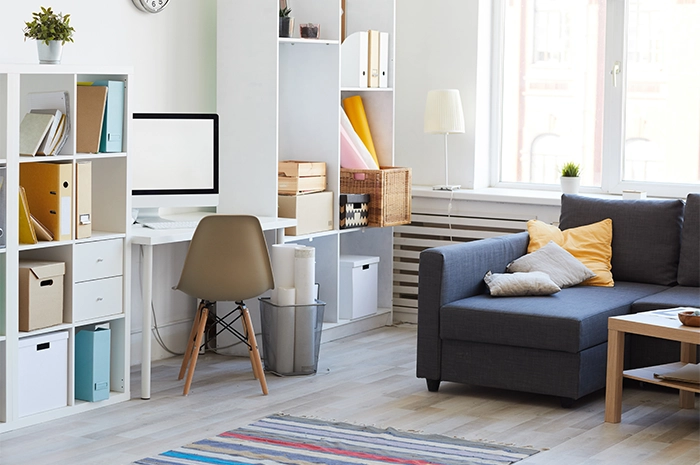

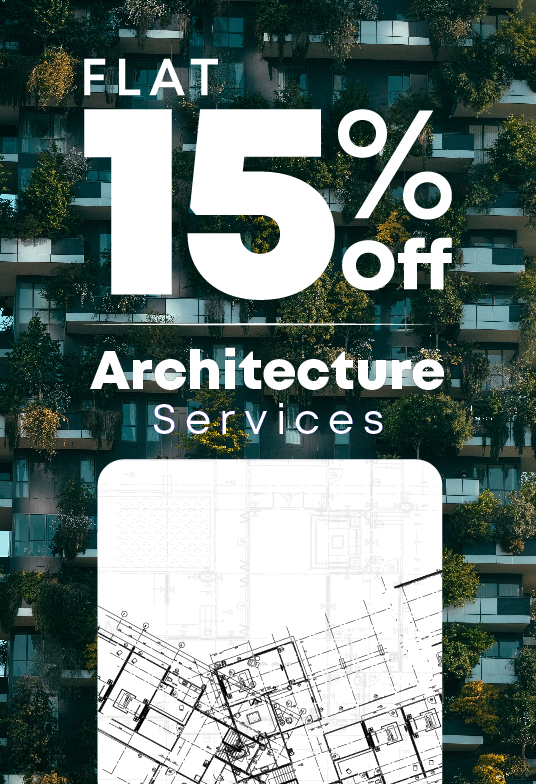
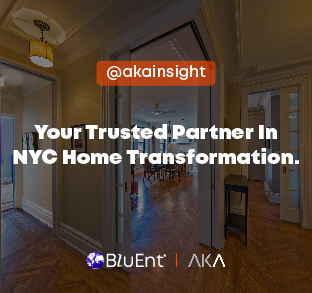

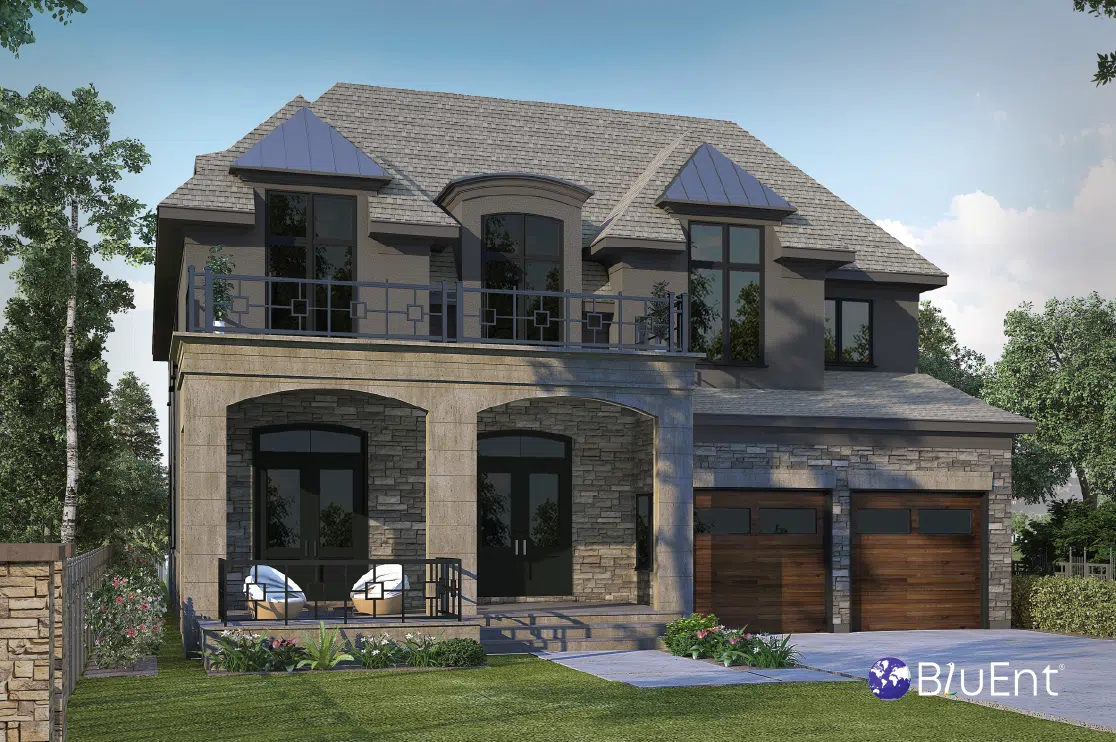 How 3D Architectural Visualization Boosts Property Pre-Sales?
How 3D Architectural Visualization Boosts Property Pre-Sales? 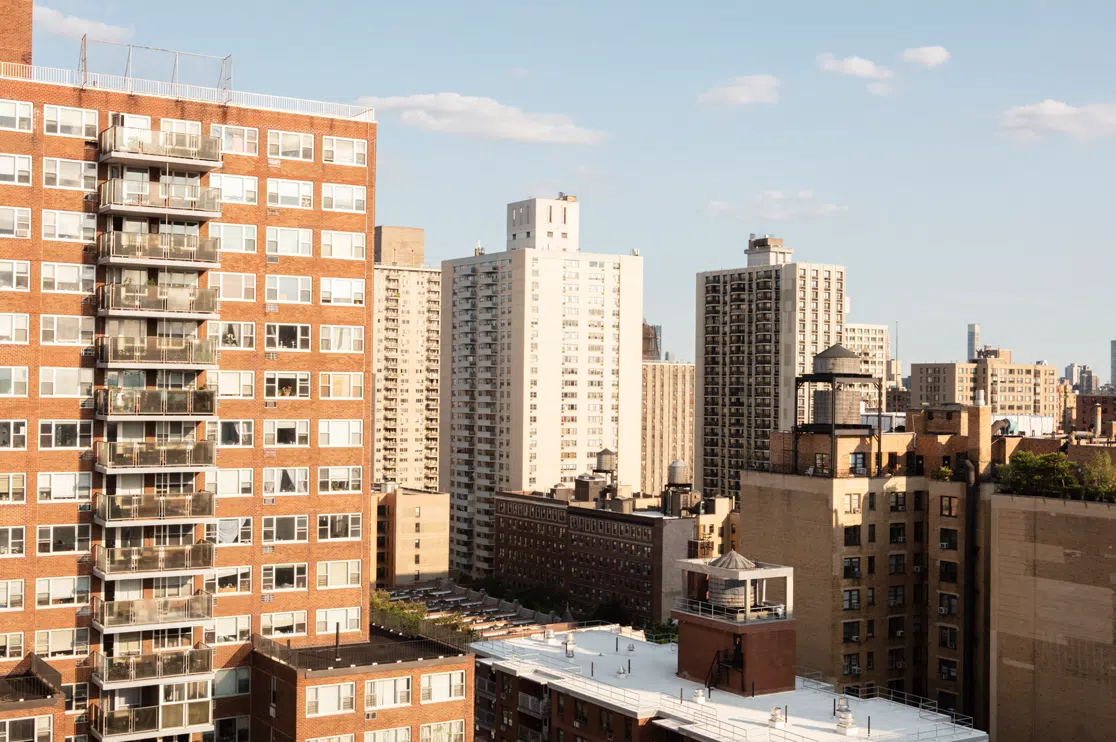 A Guide to 3D Condo and Apartment Rendering for Residential Projects
A Guide to 3D Condo and Apartment Rendering for Residential Projects 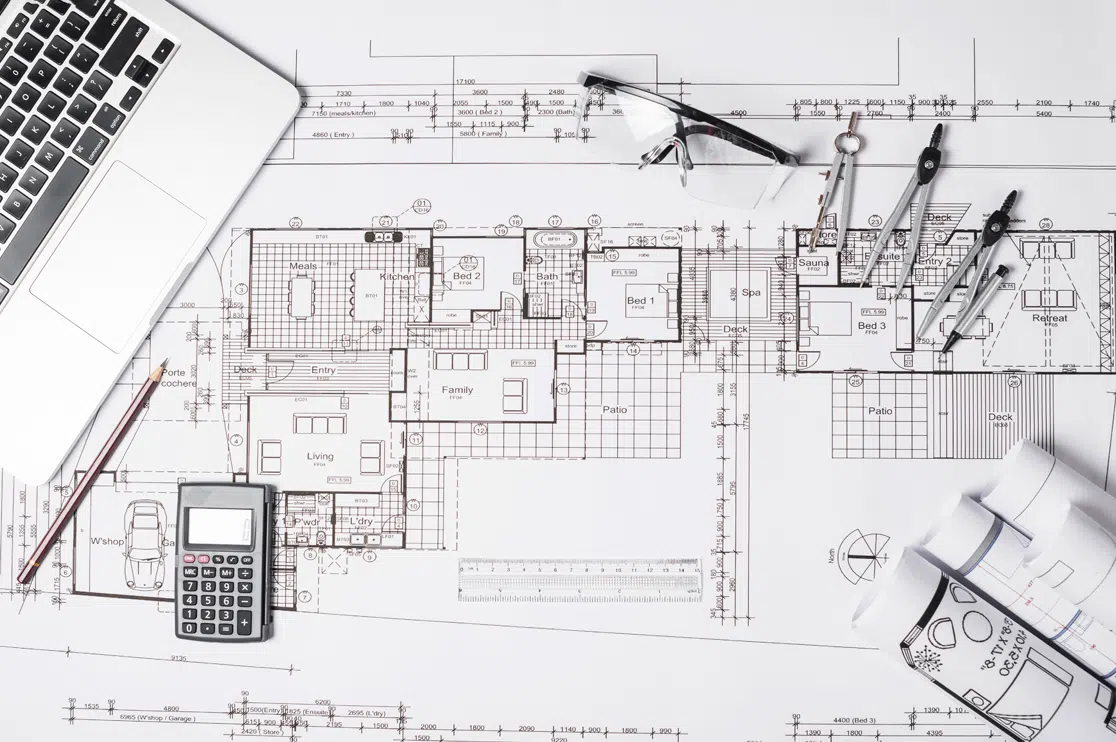 Details of Modern Ranch Style Open Floor Plans for Builders & Buyers
Details of Modern Ranch Style Open Floor Plans for Builders & Buyers 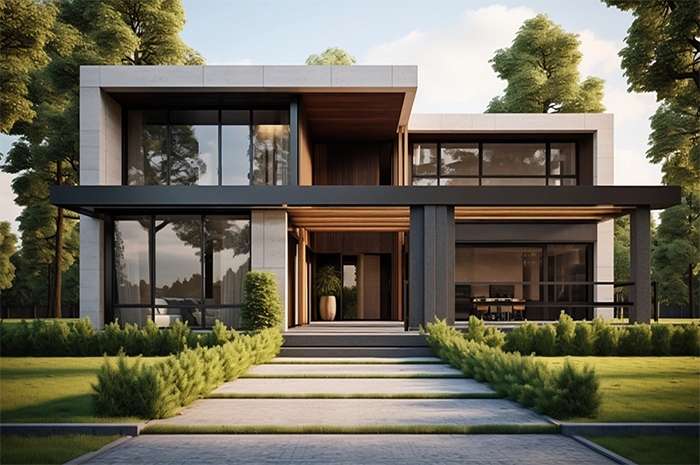 How 3D Landscape Designs for Exteriors Can Elevate your Property’s Value
How 3D Landscape Designs for Exteriors Can Elevate your Property’s Value